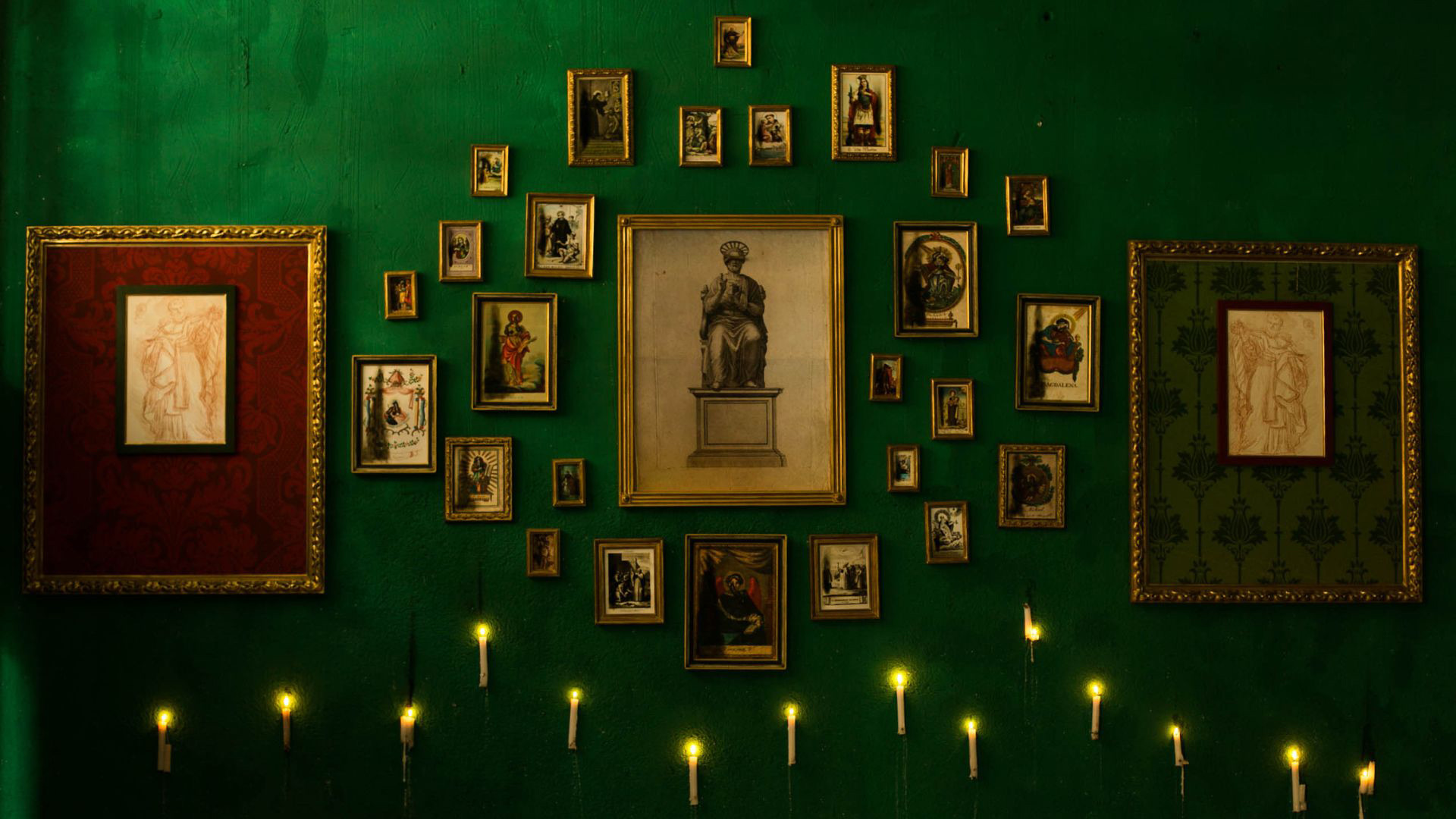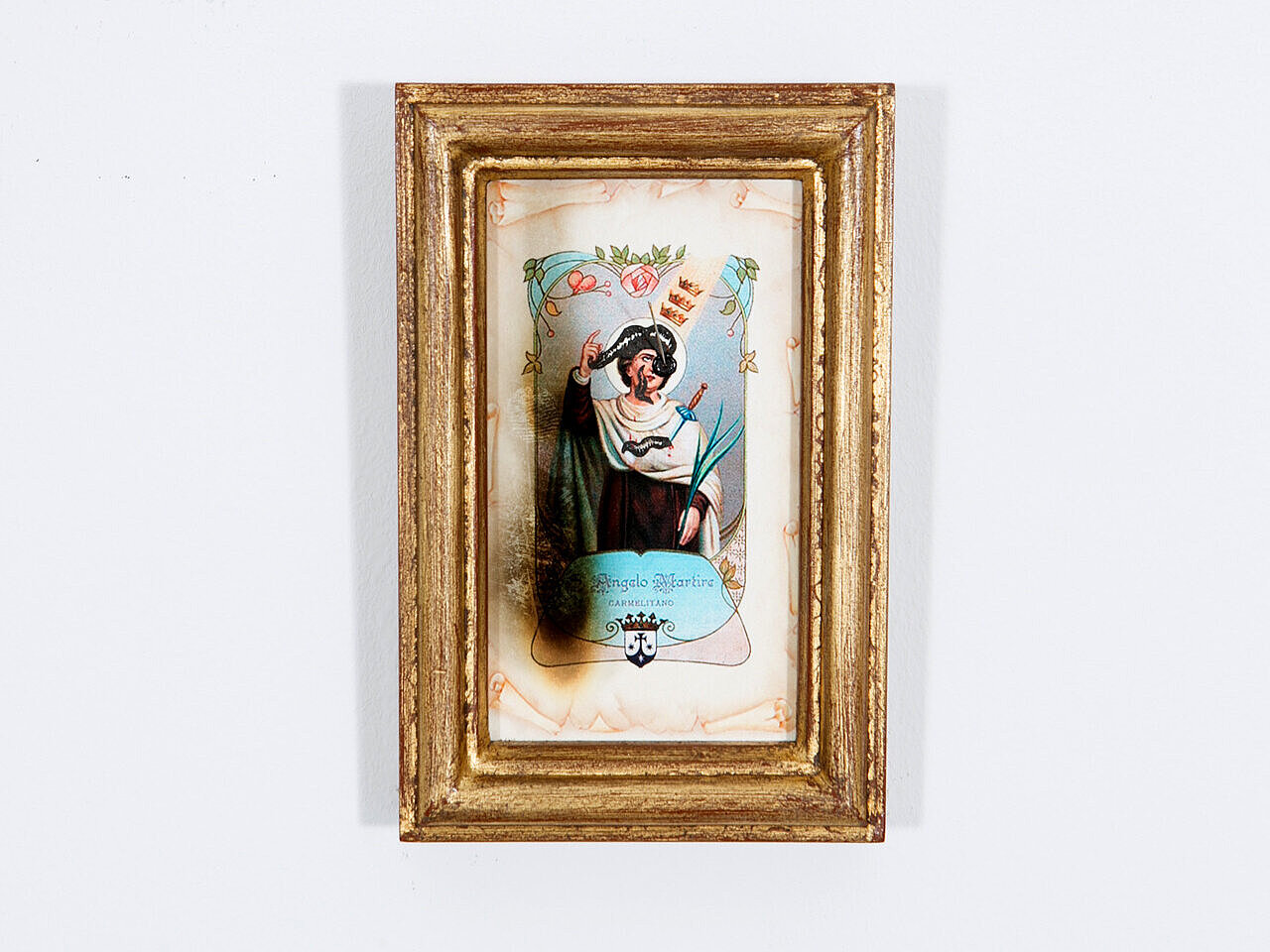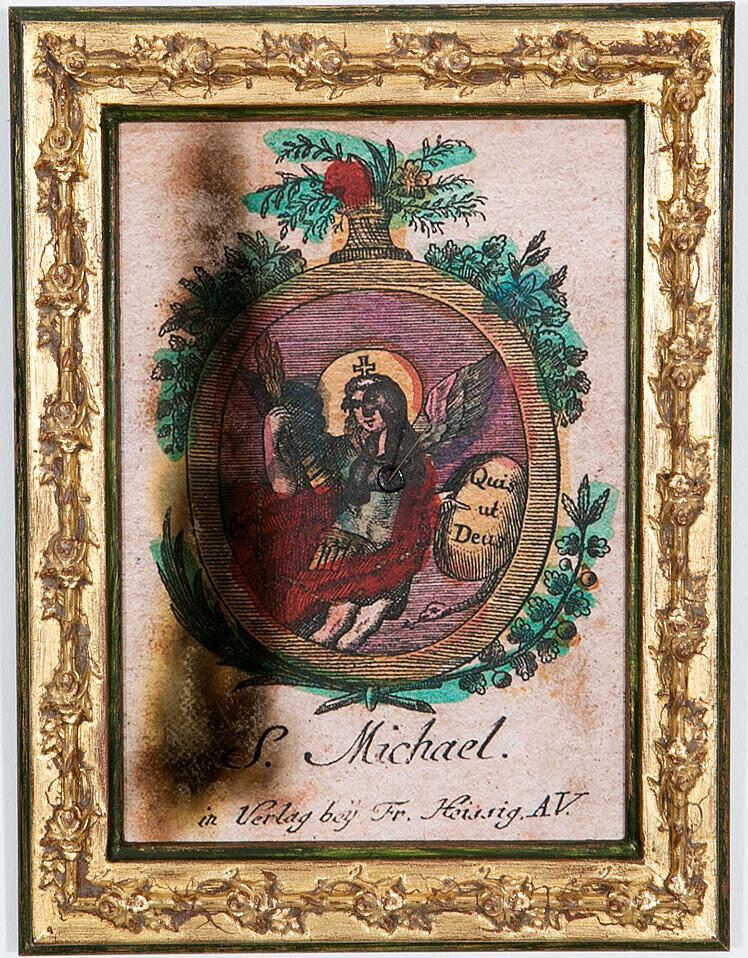ORA PRO NOBIS
-
TopicChaotic economics
-
Year2020
-
Praxis
-
PlaceMadrid
But why should this project by NUUCO be considered a work of contemporary art? This question offers food for thought, as we consider how NUUCO's research might convey a message capable of restoring to us the ethical value of human relationships.
Corruption, worldly power interwoven with the spiritual, I assume, are treated by the artist as the outcome of a phenomenon: any fact or event we can observe and, therefore, judge. Part project, part document, it narrates the evolution of what we already know of this story. The artist becomes an interpreter, decoding the many different documents woven into a testimony similar to an archive record, which through art, gives us a vision of the era we are now living through.
ORA PRO NOBIS is a large fresco that takes shape under the light of the wax candles illuminating the scene, where nothing is mystified or interpreted.
Money, corruption and omertà (code of silence) are the themes of this study, articulated in the repetition of numbers, places and modus operandi, which NUUCO presents almost as a litany to be learned by heart with the rhythmical clinking of coins as its soundtrack.
The work may appear provocative, even scandalous, but in reality, "silentium" reigns supreme here. This silence should not be confused with a ritual born of a particular spiritual discipline that requires quiet and the absence of noise to find inner peace.
The silence perceived from ORA PRO NOBIS is the silence described by Seneca and Cicero: the person praying not only persuades but remains silent with equal effectiveness, generating a great noise.
Roberto Sottile




